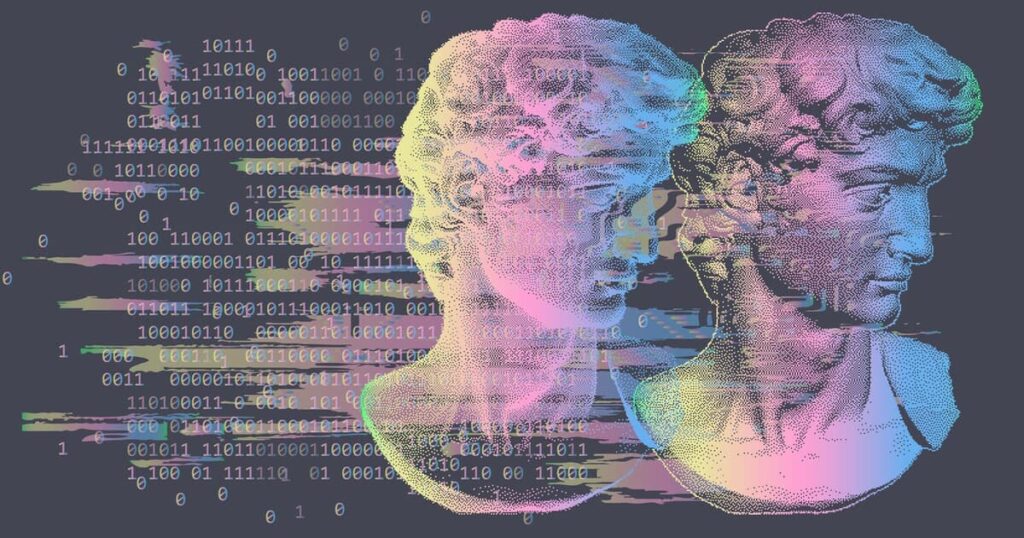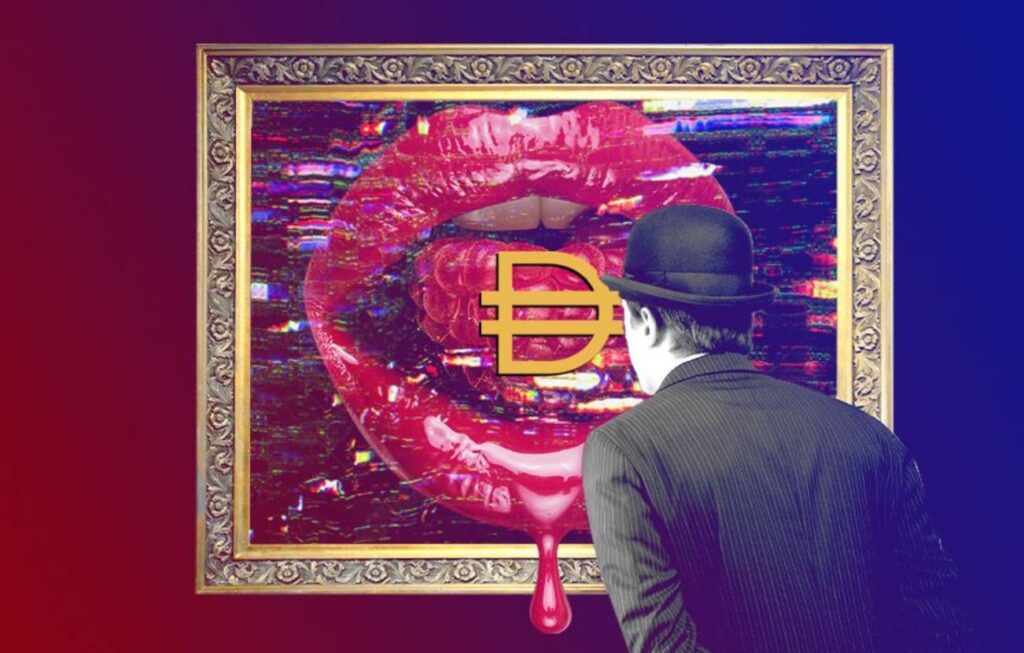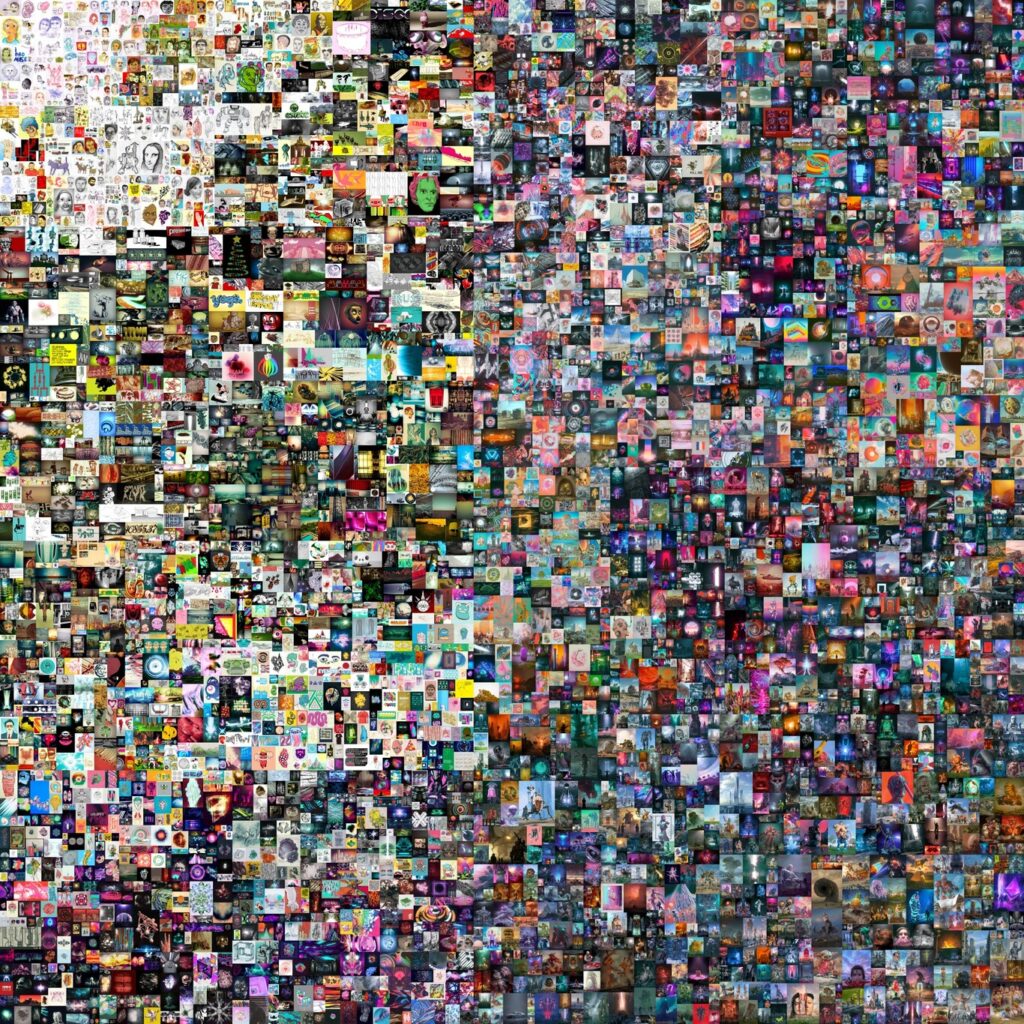At the age of 15, Mark Cuban realized he could profit from the philatelic market. Prices varied so widely and there were such inefficiencies that he figured out a way to buy 15-cent stamps and sell them for $25 an hour later to save for college.
The celebrated billionaire investor – who is the owner of the Dallas Mavericks NBA team – saw back then how collecting simply assigned a different value to a physical asset, but now he believes in the NFTs (Non-Fungible Tokens) revolution, which is the digital version of stamps, art or any other tangible or intangible product that several users end up assigning a value to. These assets are gaining ground, and are part of that new culture where blockchain and cryptocurrencies are also absolutely integrated.
Gold is valuable because we all think it is valuable
Cuban was reflecting in early 2021 on that revolution of new stores of value. Many speak of bitcoin as one of those stores of value that replace or can replace what gold has always represented, but for Cuban, it’s all part of the same idea.
As he explained at the time, the fact that gold has become the reserve of value par excellence is part of “a narrative. There are a lot of precious metals that meet the same requirements, but gold has more buyers. When the number of buyers goes up, the price goes up, and vice versa. There is nothing unique or special about gold except for the fact that enough people believe in that story and buy gold.”
This is the same reflection that other economists and analysts have made in the past. Yuval Noah Harari talked about it in his bestseller ‘Sapiens: From Animals to Gods’ and explained how the value of gold and silver “is purely cultural” and had become that store of value because it perfectly fulfilled the requirement that it had “universal trust”. We assign value to gold because many other people (the majority of our world’s population) do.
From what you touch and see to what you don’t touch (but can see)
NFTs (Non-Fungible Tokens) are digital assets that are an extension of that very idea. We used to attach value to tangible assets that we could touch and see (gold, stamps, works of art), and now we increasingly attach value to intangible assets that we mostly see, but probably can’t touch.

Cryptocurrencies are an approximation of that principle, but NFTs go a bit further and apply that concept of a store of value to those more collector-oriented objects.
A digital Pokémon card is a good example of this new collectible stamp format, and the concept is the same as the one that became famous years ago with that amazing cryptocurrency fever (Cryptokitties) that are still active and trading at prices that for many are absurd. Why did a digital avatar of a cat go for $115,000? Easy: enough people believed that its price was indeed that. That’s all there is to it.
What are NFTs and what are their characteristics?
Unlike cryptocurrencies, NFTs cannot be exchanged with each other, since no two NFTs are the same: your card of a crypto-token is unique, as is that digital artwork or any other intangible good that falls under this definition.

As they explained in Coindesk, there is a clear analogy between an NFT and a ticket for a music festival: in that ticket, there is information about the buyer of the ticket, the date of the event, and its location. Those tickets, like NFTs, are personal and unique.
Most of these tokens (which can be coins, stamps, artwork, or cryptocurrencies, for example) are based on the standards of the Ethereum network and its blockchain.
This has made it easy to operate with them when buying and selling them, and services such as MetaMask or MyEtherWallet (wallets that allow interacting with Ethereum) have become benchmarks in this type of transaction. In addition to this, NFTs have several characteristics:
- Strangely unique: these assets have many analogies with works of art, of which there can be copies (it is even easier to make copies of digital works), but here the owner can certify that he is the sole and real owner of the original work, even though it can be (and is) easily shared on the internet. It’s a curious situation and a twist on the value we place on physical and digital artworks.
- Non-interoperable: you can’t use a Cryptokitties avatar/card in other similar games like CryptoPunk.
- Indivisible: unlike cryptocurrencies, NFTs cannot be divided into smaller parts, and have full value as a complete entity or token, without more. You cannot have 1/1000 of a crypto-token.
- Indestructible: the data of an NFT is stored on the blockchain through a Smart Contract, which makes it impossible to destroy, delete or replicate.
- Absolute ownership: unlike music or movies, if you buy one of these goods its ownership is yours. You don’t buy a license to watch the movie or listen to the song, but that intangible asset is completely yours.
- Verifiable: the blockchain makes it possible to verify something that is rather more complex to prove or certify with things like art or stamp collecting, for example, the blockchain keeps a history of who has bought or sold an NFT and who its current (absolute) owner is, including the original creator from whom that digital asset was bought in the first place.
NFTs as the future of business
Back to Cuban, an absolute believer in this type of digital asset. In his opinion, NFTs are the future of business. “This generation knows that a digital contract and the digital asset it represents or a cryptoasset are a better investment than the traditional asset you can see, touch, or feel.”
That’s certainly starting to make sense with this renewed boom we’re seeing with cryptocurrencies with bitcoin and Ether taking center stage. Cryptocats have even been followed by memes such as Nyan Cat, but NFTs are also starting to gain support even in very traditional segments, as demonstrated by the new auction organized by Christie’s auction house.
This house will auction a digital artwork called ‘Everydays: The First 5000 Days’ created by a celebrated artist named Mike Winkelmann, who is much better known by his alias, Beeple.

The work is a collage of just over 5,000 images created (one per day) by this artist over the past 13 years. The auction, by the way, must be paid for in ETH, and Christie’s lists both the address of the wallet and the smart contract that validates and certifies that the work – a 21,069 x 21,069-pixel image) is unique.
Beeple, who has earned millions with his works, has now become the maximum exponent of the theoretical revolution that art and collecting could experience with NFTs. As Cuban said, “Art is art. It has always been available in almost unlimited forms”.
This post may contain affiliate links, which means that I may receive a commission if you make a purchase using these links. As an Amazon Associate, I earn from qualifying purchases.

